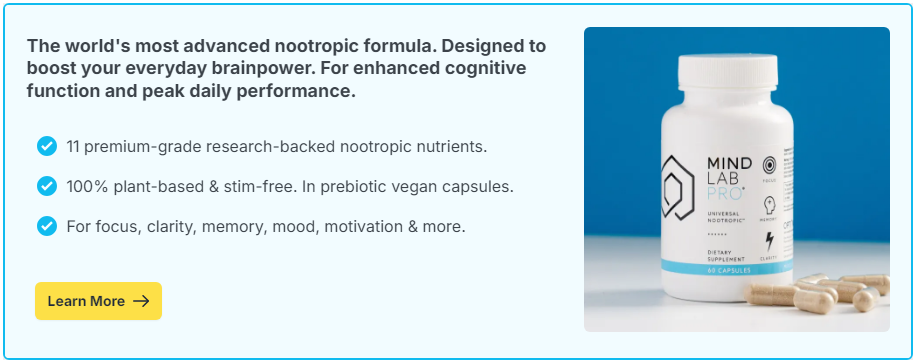
No, there is no scientific evidence that wearing crystals like amethyst directly improves focus. However, crystals may influence focus indirectly through psychological effects such as intention-setting, placebo responses, and ritualized behavior.
Contents
The Appeal of Crystals for Cognitive Support
Crystals have been valued for thousands of years across different cultures for healing, protection, and spiritual purposes. Amethyst in particular has been associated with clarity, calmness, and balance. Modern wellness practices often promote crystals as tools for reducing stress or enhancing concentration. But the brain’s ability to focus depends on networks of neurotransmitters, blood flow, and cognitive control – mechanisms not altered by simply wearing a stone. So where does the perceived benefit come from?
The Placebo and Intention Effect
One explanation is the placebo effect. Believing that amethyst supports focus may change behavior and perception in ways that actually enhance attention. For example, wearing a crystal might remind someone of their goal to concentrate, reinforcing self-discipline. This aligns with intention-setting: by assigning meaning to the crystal, individuals use it as a physical anchor for their mental goals. In this way, crystals function more as psychological tools than neurological ones.
Cultural and Historical Perspectives
Different traditions have assigned unique properties to amethyst:
- Ancient Greece: Amethyst was believed to prevent intoxication and clear the mind.
- Buddhism: Amethyst beads are used in malas (prayer beads) to support calmness and mindfulness.
- New Age practices: Amethyst is associated with the “third eye” and “crown” chakras, linked to mental clarity and higher awareness.
These traditions reinforce the idea that crystals work by symbolically shaping thought and intention rather than altering brain chemistry.
How Crystals Might Influence Focus Indirectly
Though not biologically active, crystals may aid focus through indirect pathways:
- Mindfulness cue: Touching or seeing the crystal can remind users to re-center attention.
- Stress reduction: Ritual use of crystals may promote calmness, reducing stress that interferes with concentration.
- Habit reinforcement: Associating crystal-wearing with study or work may create a behavioral ritual that primes the brain for focus.
- Community and belief: Participation in shared practices around crystals may enhance motivation through social reinforcement.
Scientific Viewpoint
From a neuroscience perspective, focus is influenced by neurotransmitters like dopamine, norepinephrine, and acetylcholine, as well as brain regions such as the prefrontal cortex and parietal lobes. There is no evidence that amethyst or other crystals interact with these systems in any measurable way. Unlike caffeine or nootropics, crystals do not alter brain chemistry. However, the psychological framing they provide can still create measurable changes in behavior.
Potential Benefits of Crystal Use
- Symbolic grounding: Provides a tangible reminder to stay present and mindful.
- Stress relief: Ritual handling of crystals may calm anxiety, indirectly supporting focus.
- Personal meaning: Assigning value to crystals can increase motivation and sense of purpose.
Limitations and Risks
It’s important to recognize the limitations of crystals. Relying on them exclusively for cognitive performance could distract from evidence-based strategies such as sleep optimization, exercise, and structured focus training. Commercial claims that crystals “heal the brain” or “directly sharpen intelligence” are not supported by scientific data. Over-reliance may also lead to misplaced trust in unverified methods rather than proven approaches.
Practical Ways to Use Crystals as Focus Tools
- Pair with routines: Use amethyst during meditation, journaling, or study sessions to create a mental association with focus.
- Combine with mindfulness: Treat the act of holding or wearing a crystal as a mini mindfulness exercise.
- Use as an anchor: Let the crystal serve as a symbolic anchor for intentional focus, much like a personal mantra or talisman.
Wearing crystals like amethyst does not chemically improve focus or directly alter brain function. However, through placebo effects, intention-setting, and ritual use, crystals may indirectly support attention by reducing stress and reinforcing focus-oriented behaviors. While not a substitute for sleep, exercise, or cognitive training, they can serve as meaningful personal tools for individuals who find value in symbolic practices. In this sense, crystals operate less as scientific interventions and more as psychological supports for focus and clarity.

